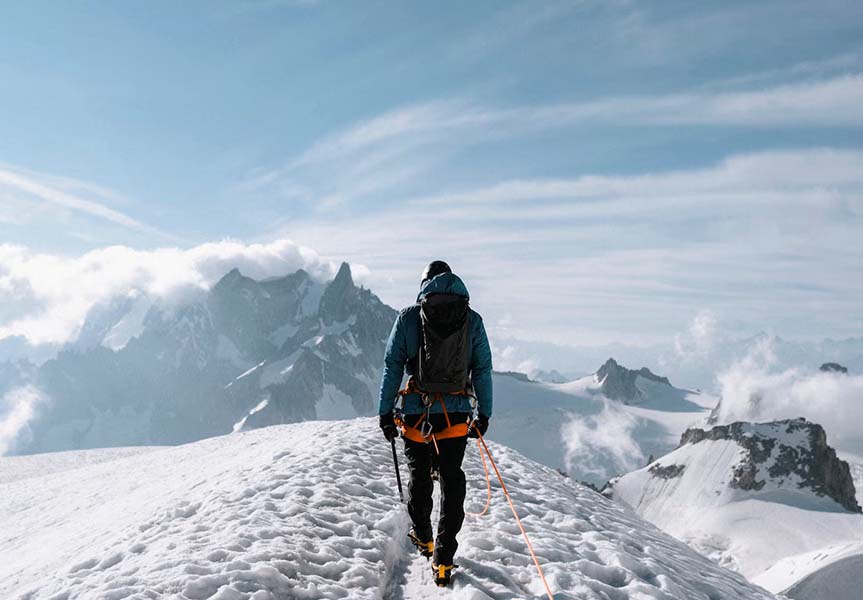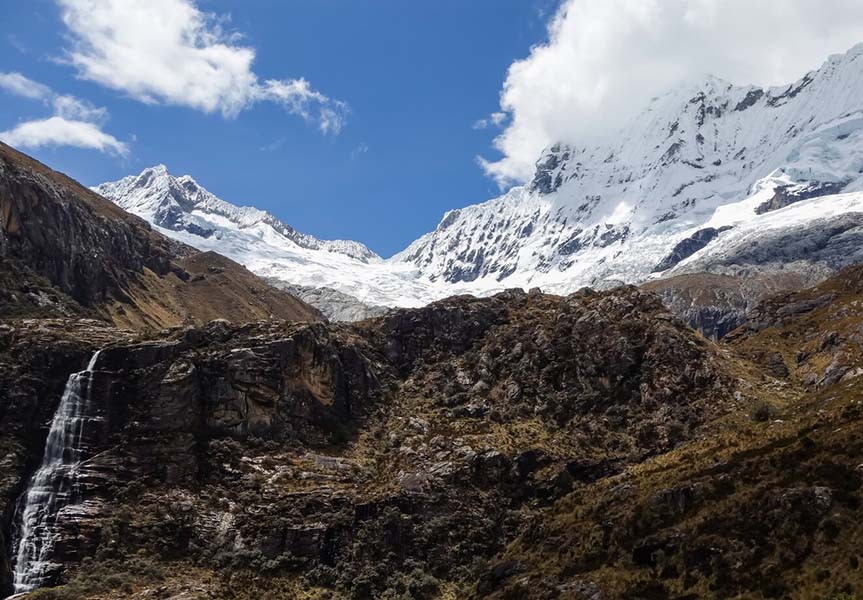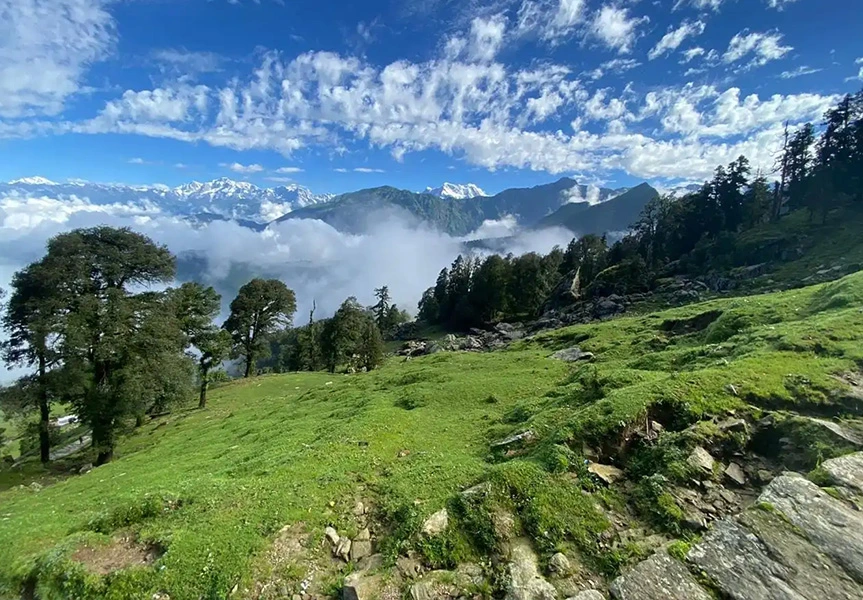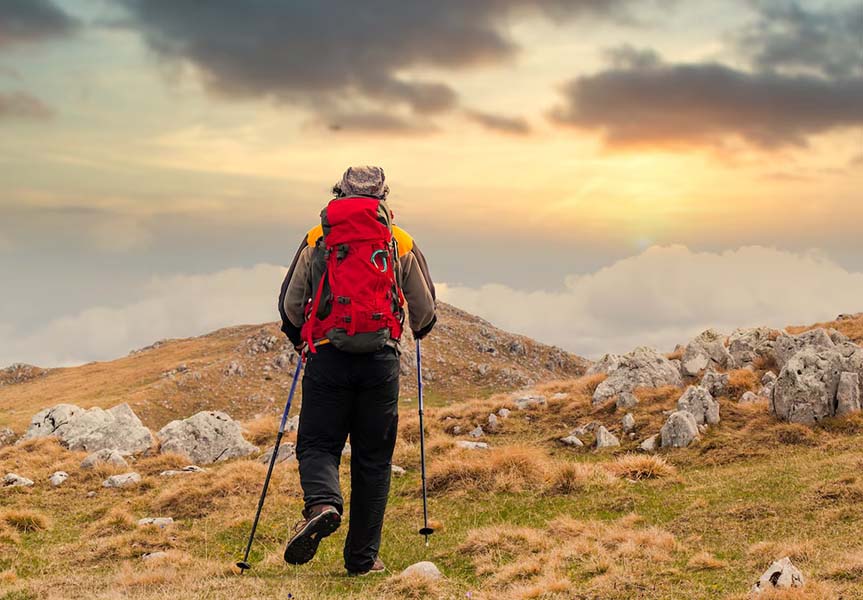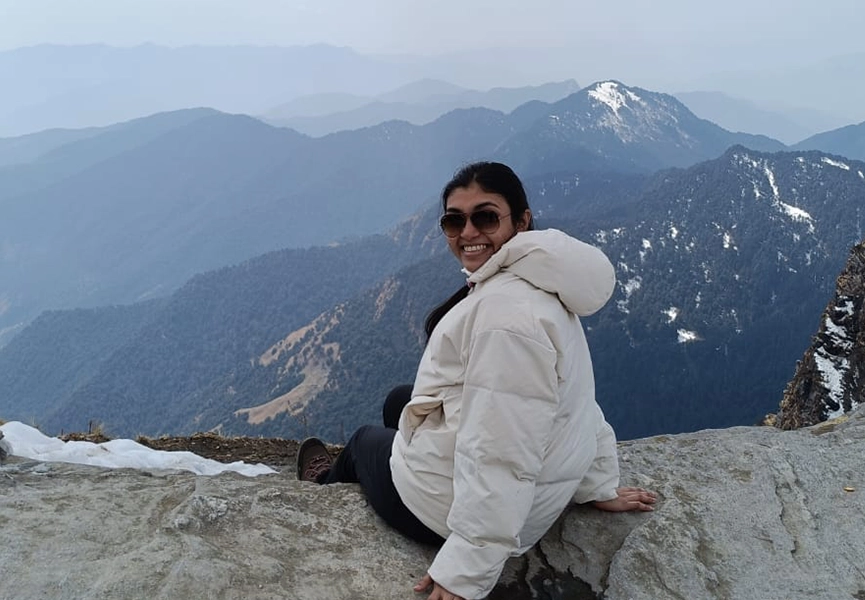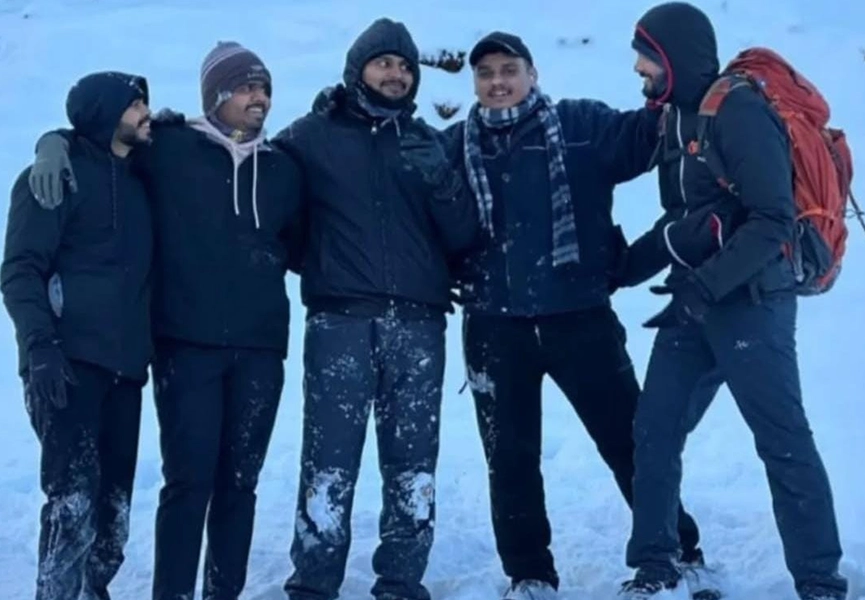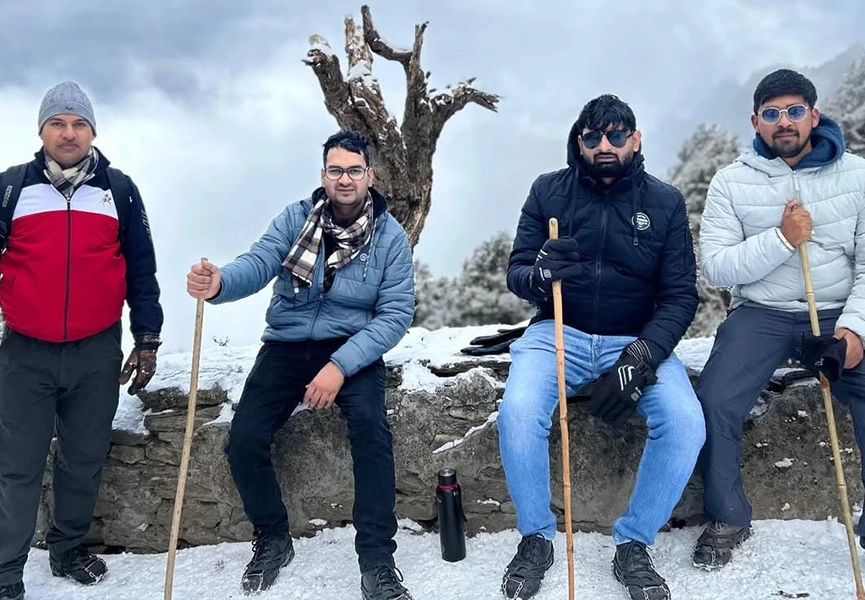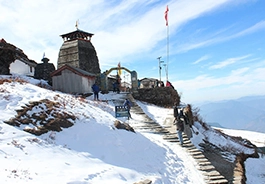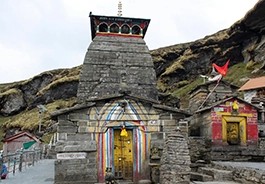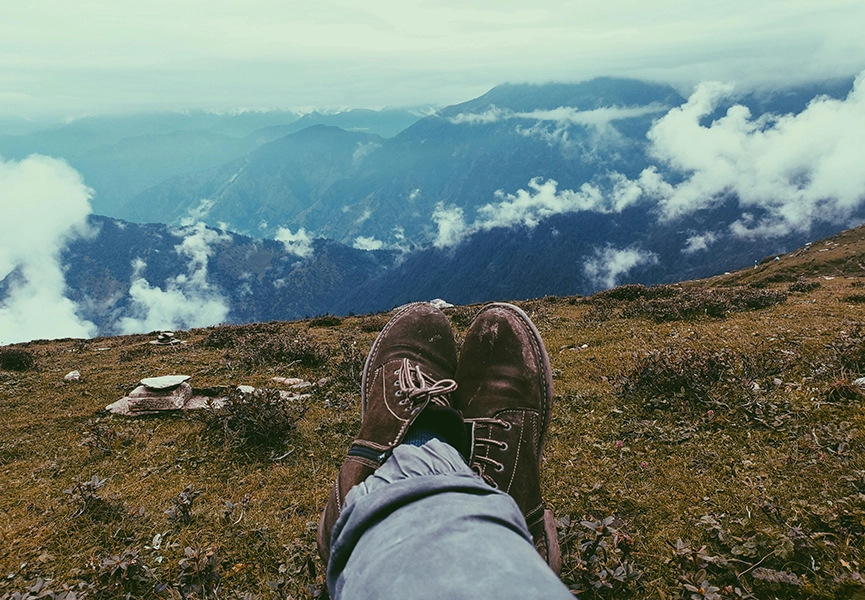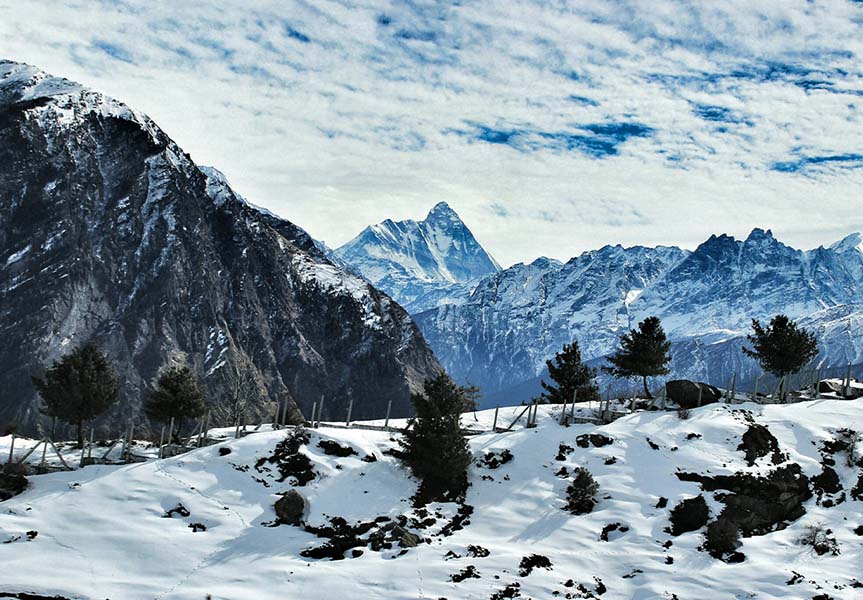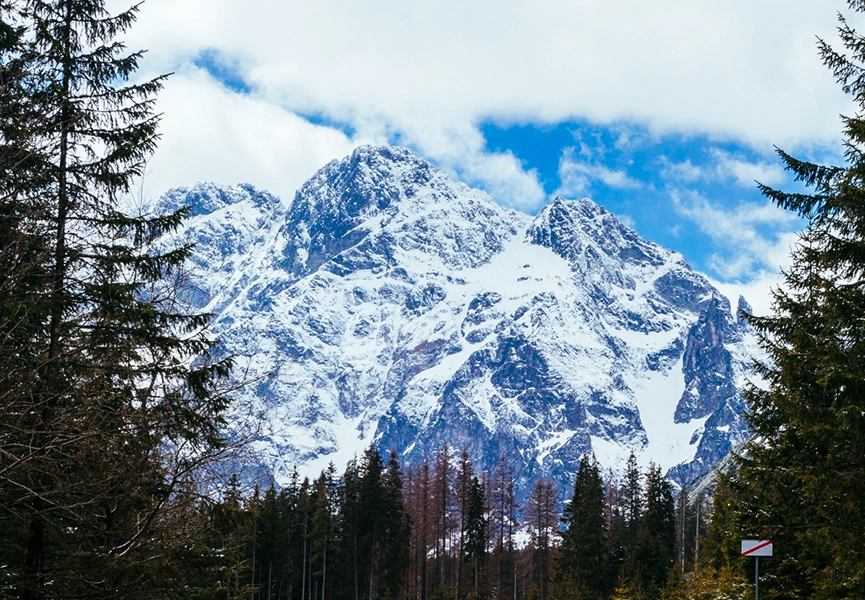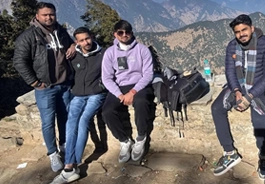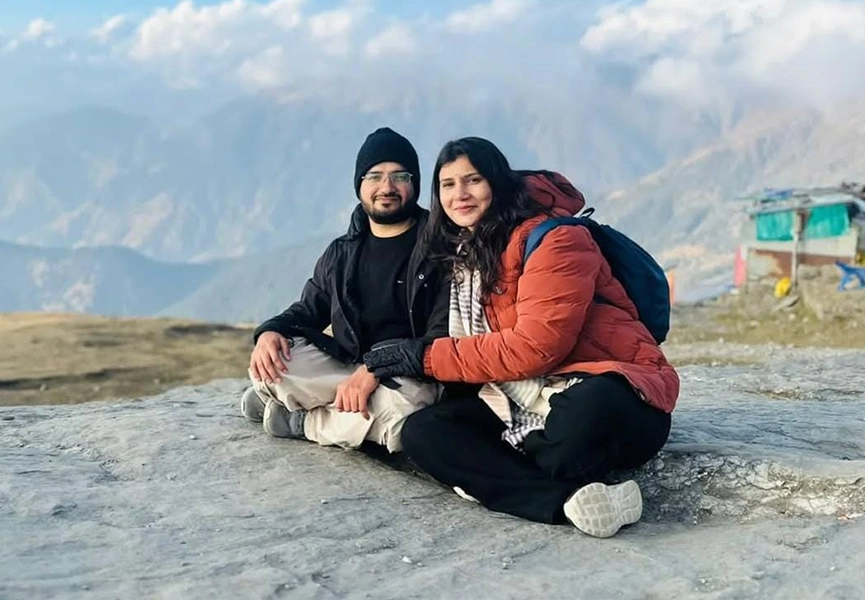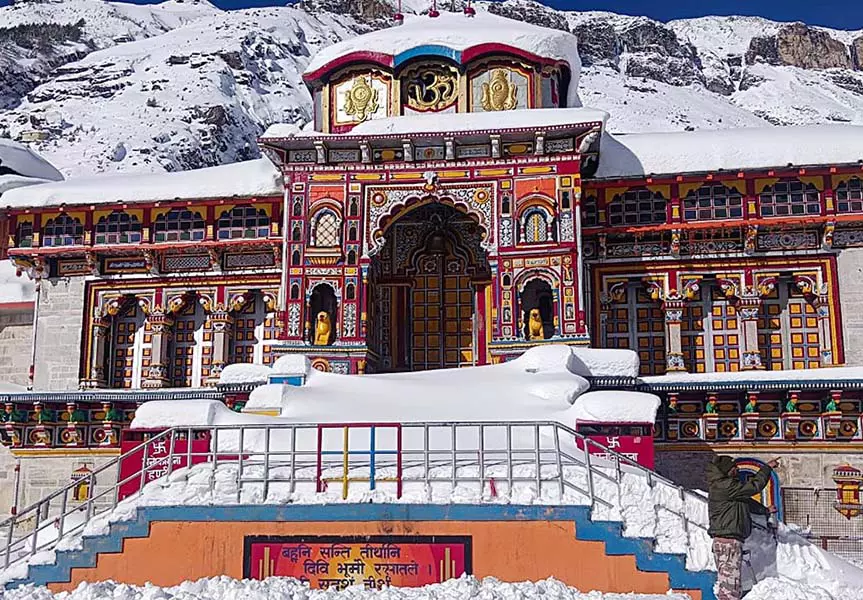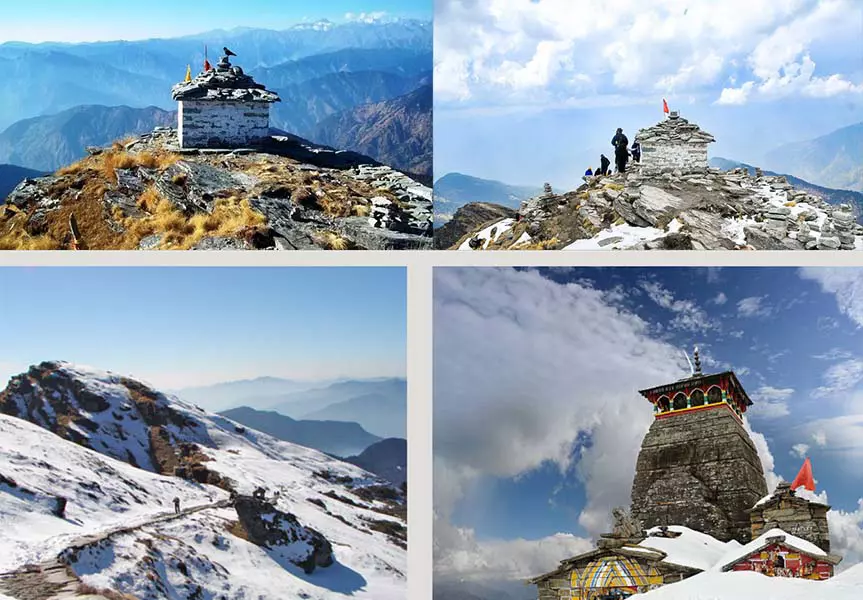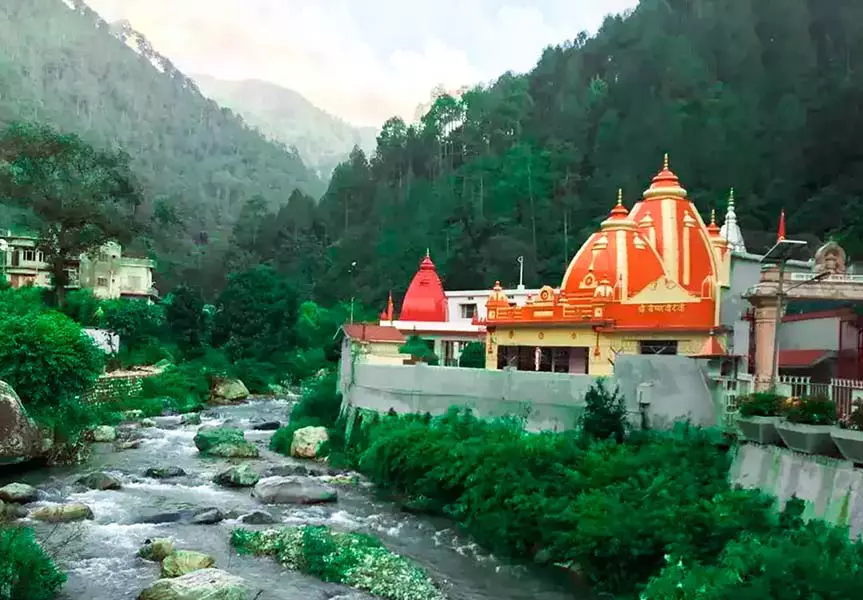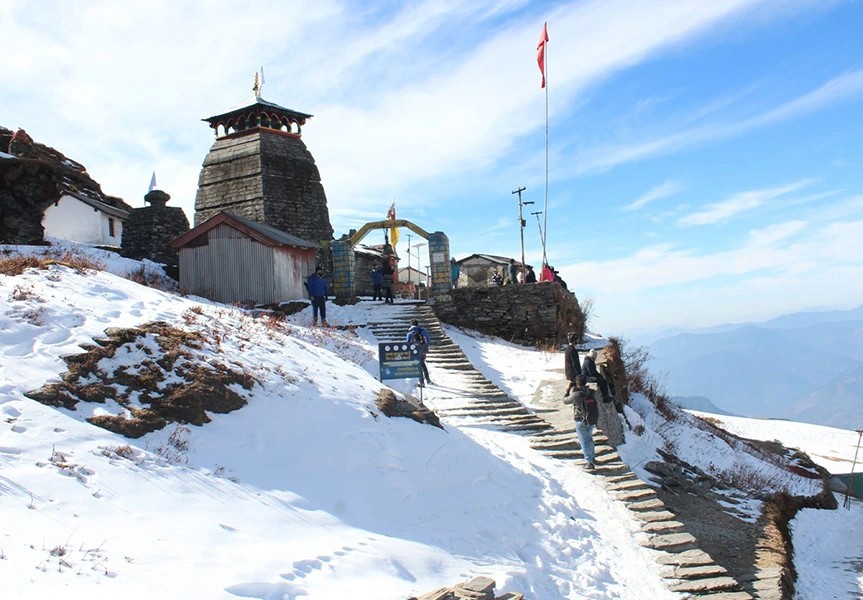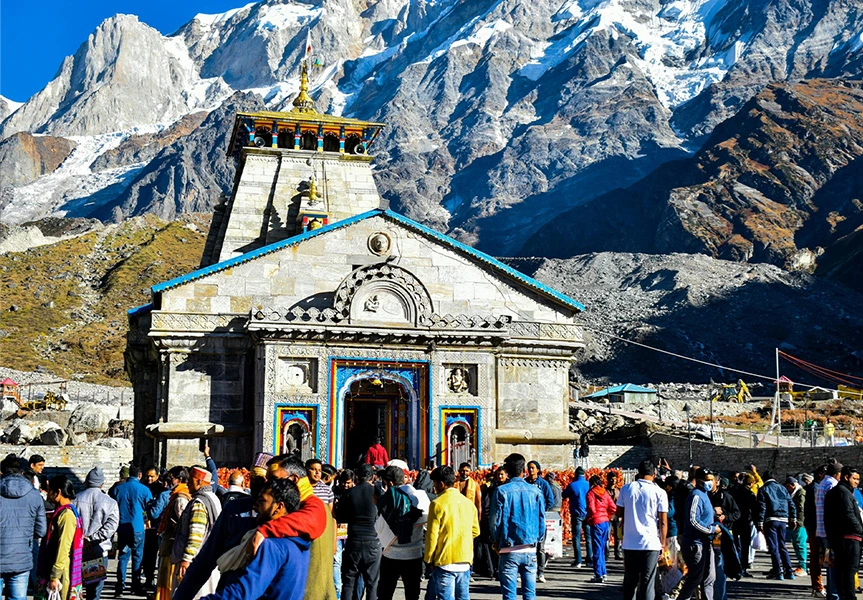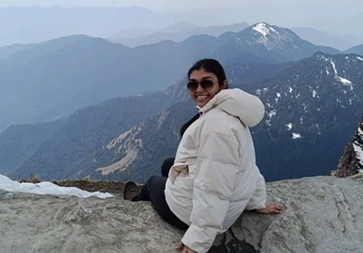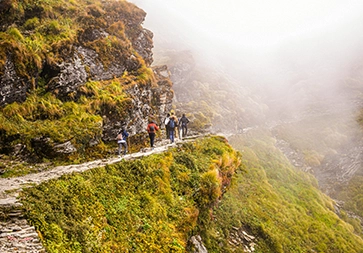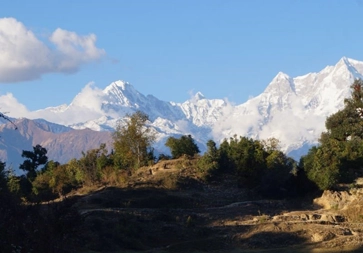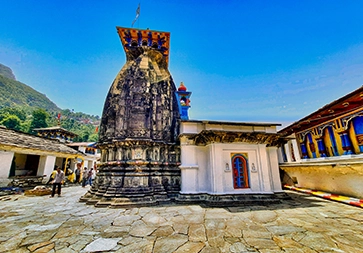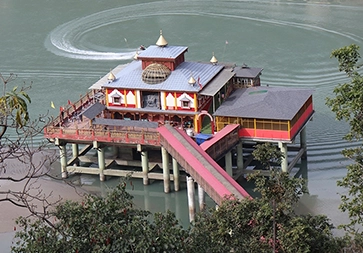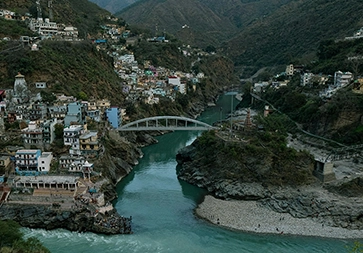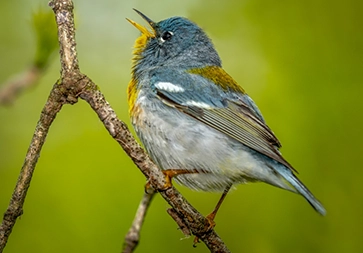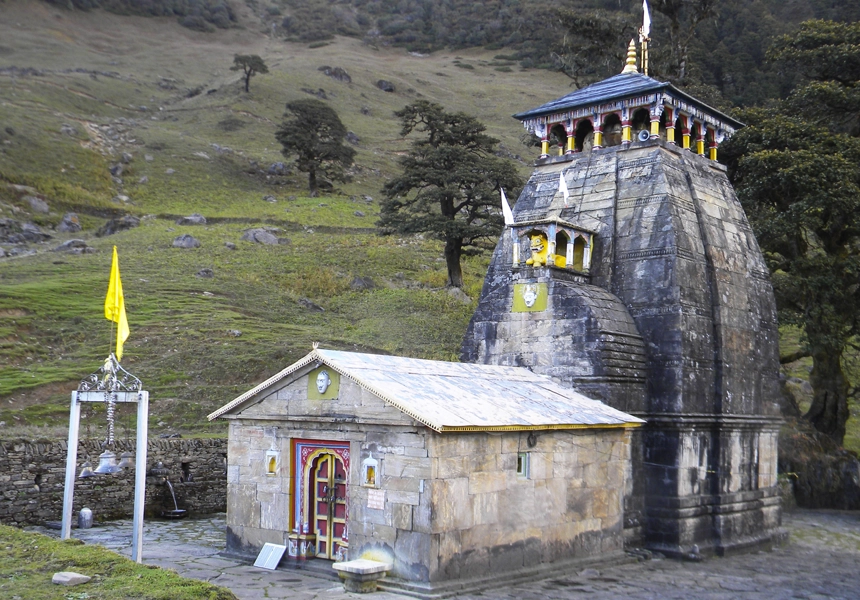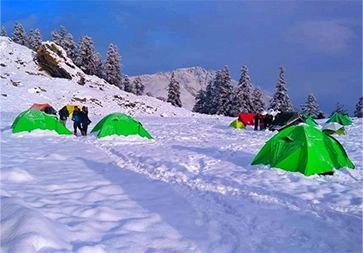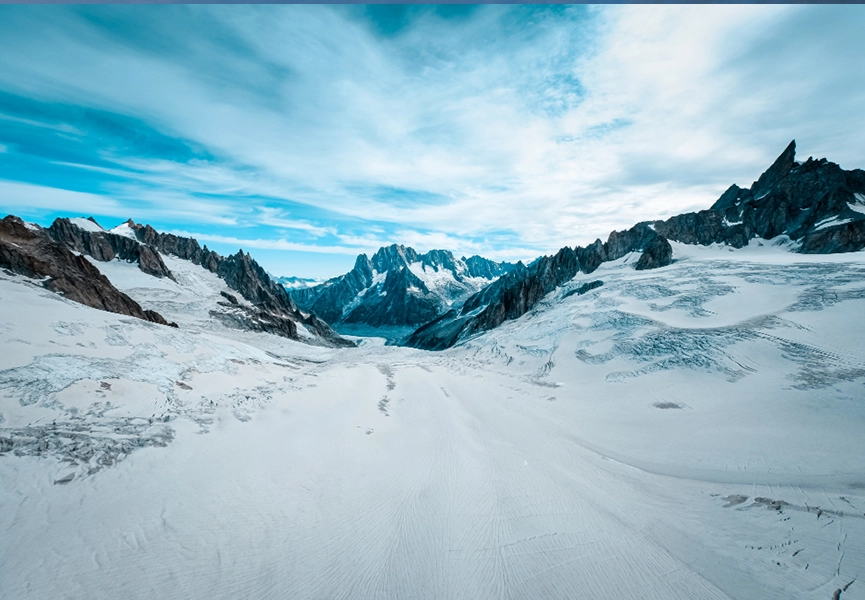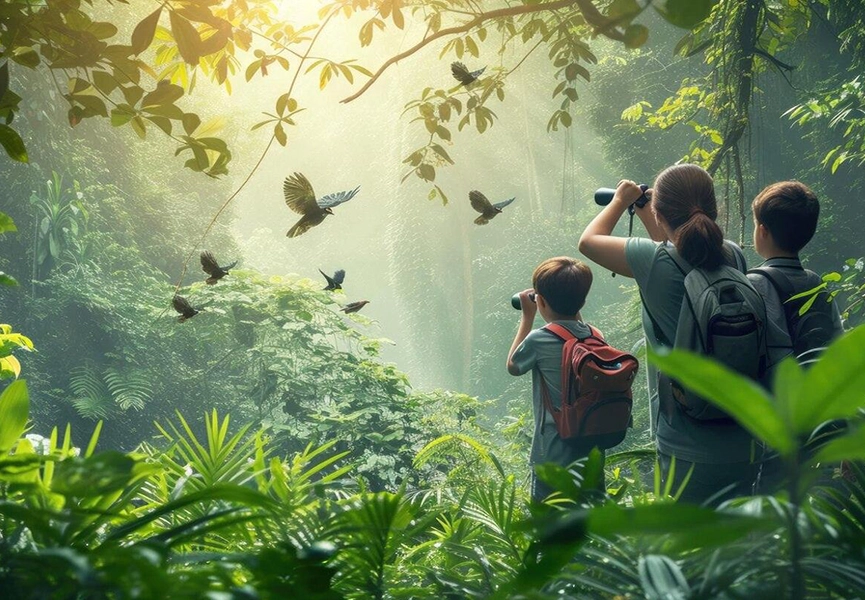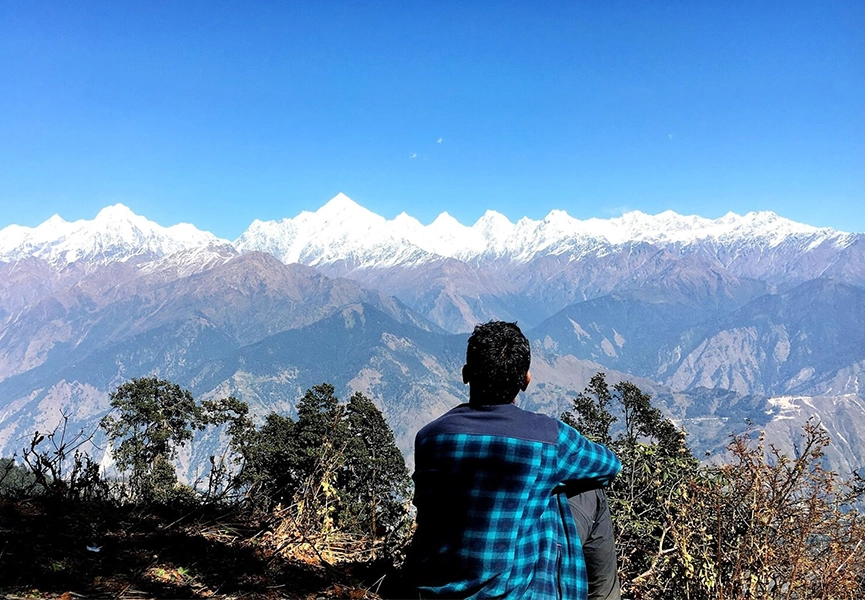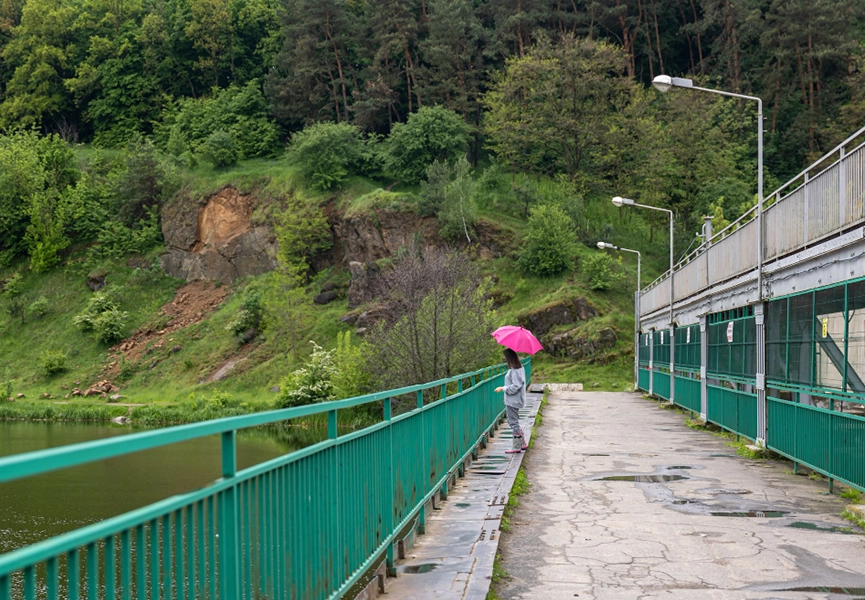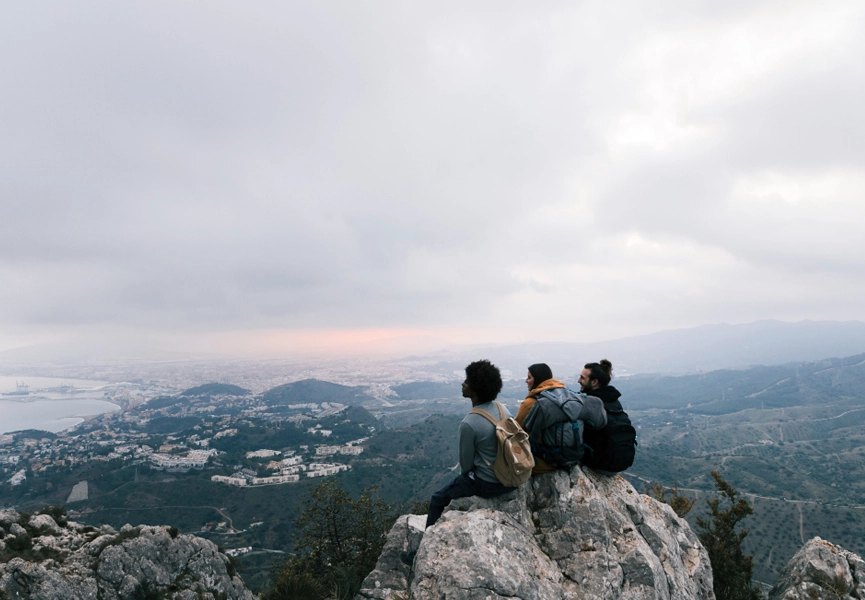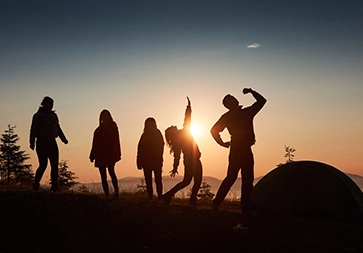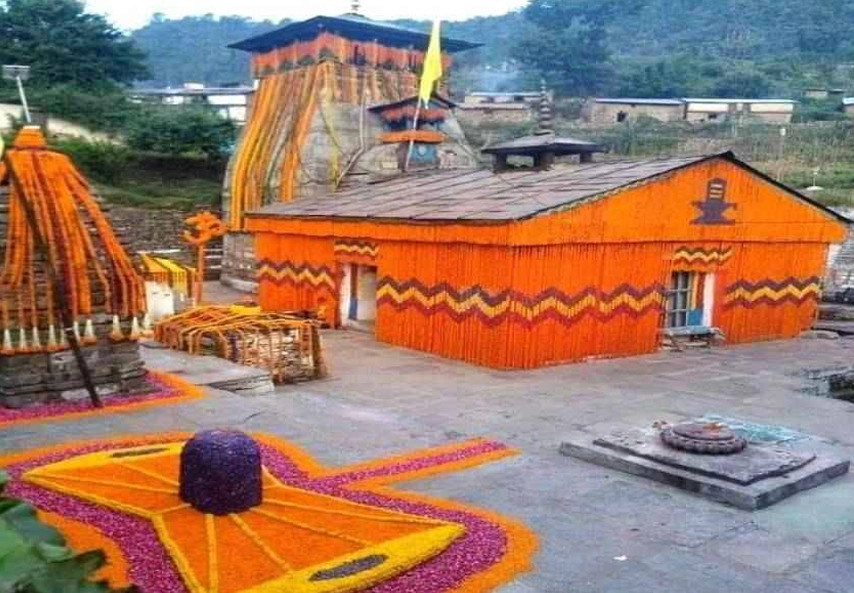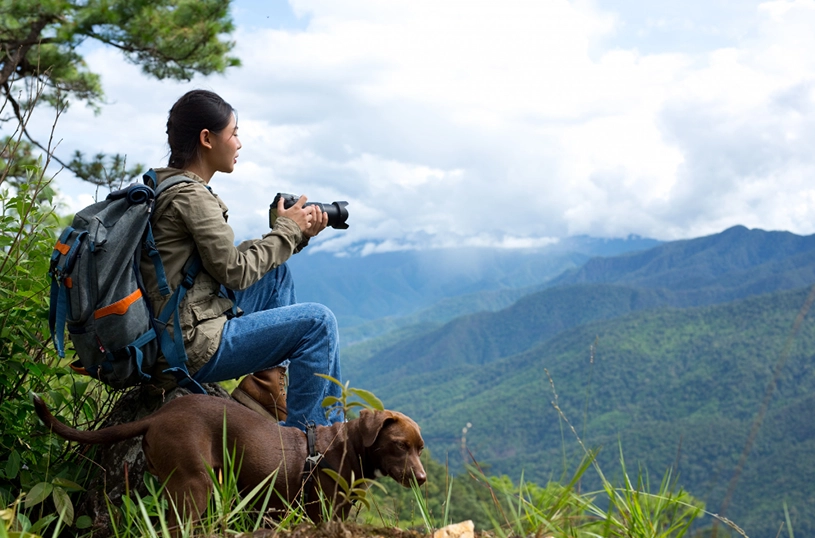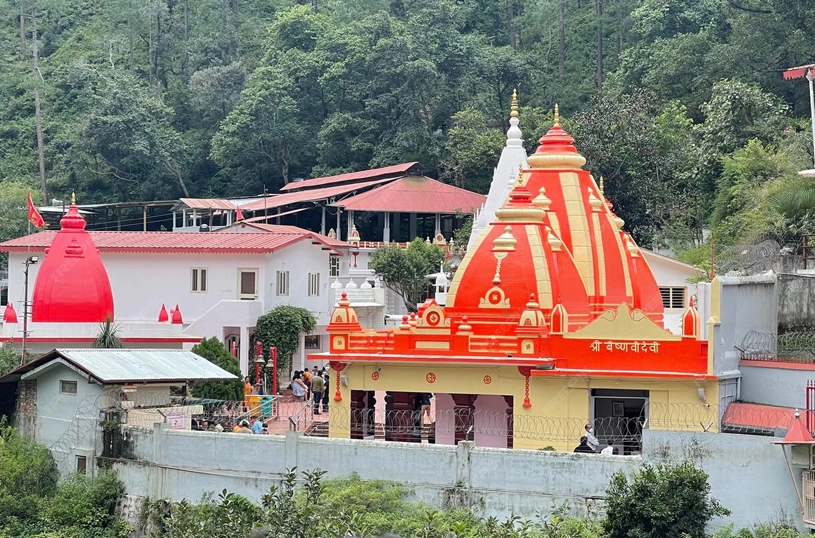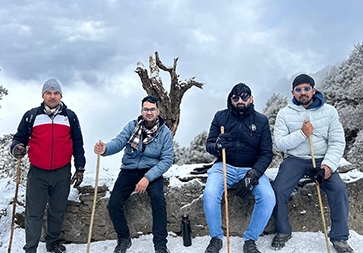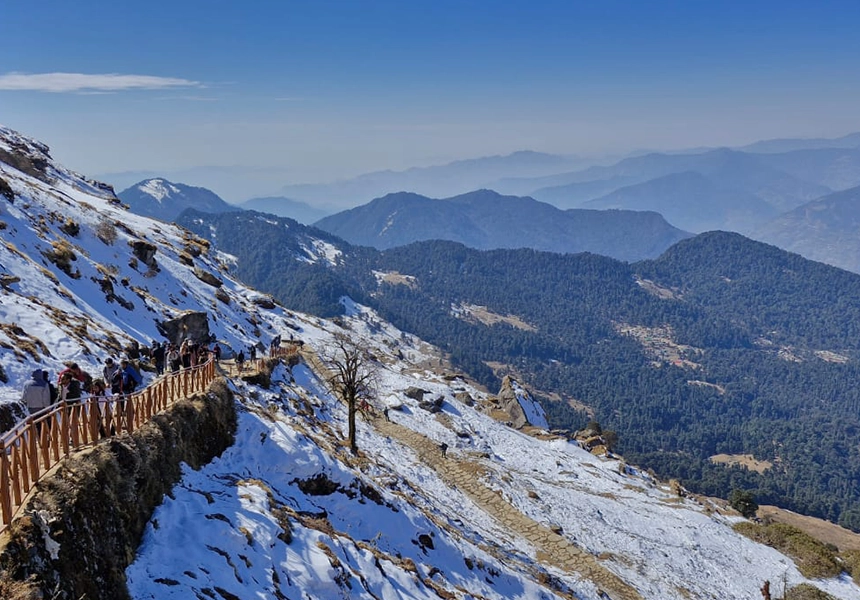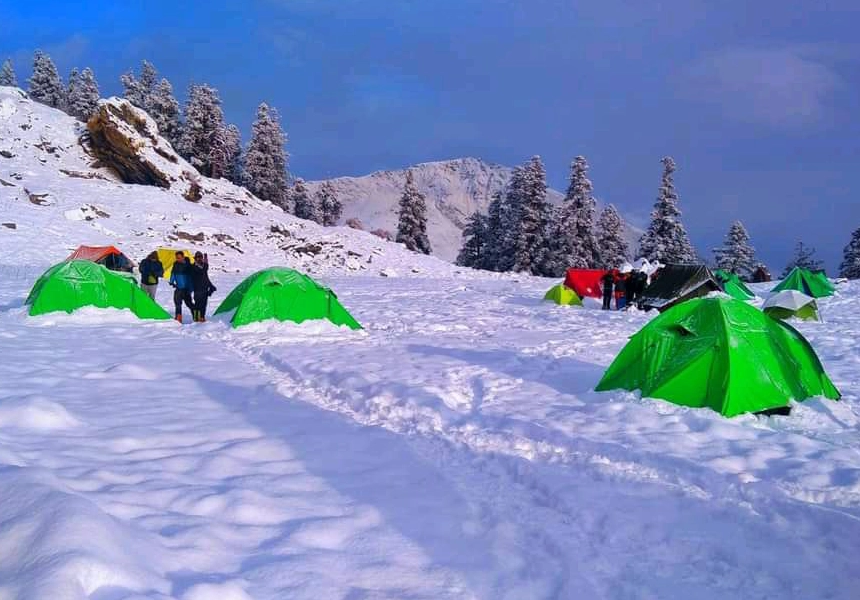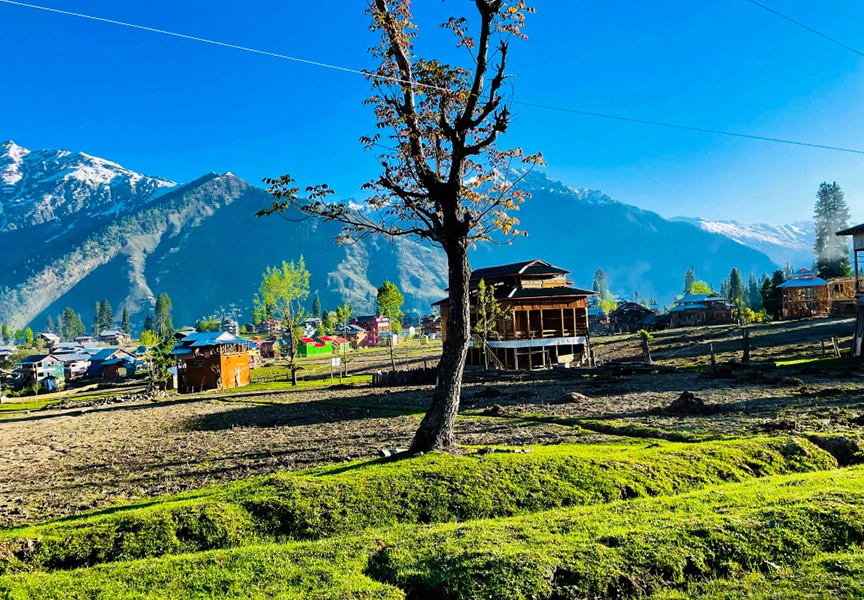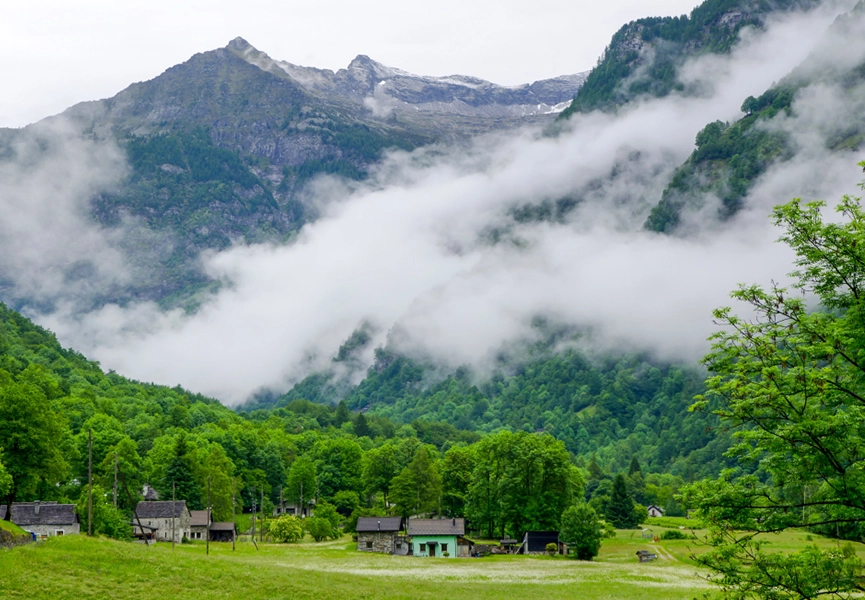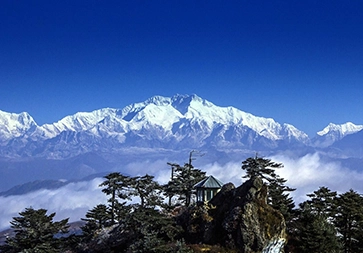Our Tour Packages
- Home
- Our Tour Packages
Our Tour Packages – Chopta Tungnath Trek
Top Uttarakhand Tour Packages from Chardham to Chopta-Tungnath, Auli, Mussoorie, Nainital
Escape the busy city life and explore the peaceful beauty of Chopta and Tungnath – a perfect weekend getaway from Delhi. Chopta is surrounded by lush green forests and stunning snow-covered peaks, making it a paradise for nature lovers and trekkers.
Just a short trek from Chopta, you’ll reach Tungnath, the highest Shiva temple in the world, standing tall at an altitude of 3,680 meters. It is one of the five sacred Panch Kedar temples and is over 1,000 years old. This spiritual destination offers a perfect mix of divine energy and scenic trekking adventure.
Other Tour Packages
5
- Quality5
- Location5
- Amenities5
- Services5
- Price5
Chardham Tour Package from Delhi
₹ 21,000.00
12 days100
5
- Quality5
- Location5
- Amenities5
- Services5
- Price5
Chardham with Tungnath Tour Package
₹ 19,000.00
10 days100
5 by 4 reviews
- Quality5
- Location5
- Amenities5
- Services5
- Price5
Do Dham Yatra Package
₹ 11,000.00
6 days100
5
- Quality5
- Location5
- Amenities5
- Services5
- Price5
Chardham with Kainchi Dham and Nainital Tour Package
₹ 24,000.00
12 days100
5
- Quality5
- Location5
- Amenities5
- Services5
- Price5
Chopta Tungnath Trek Package from Delhi
₹ 8,000.00
4 days100
5 by 4 reviews
- Quality5
- Location5
- Amenities5
- Services5
- Price5
Auli Package from Delhi
₹ 7,000.00
3 days100

